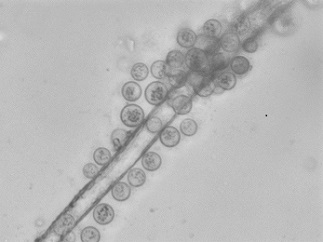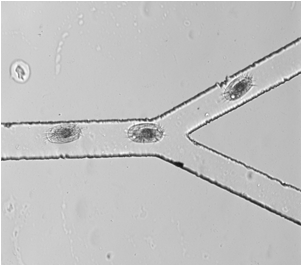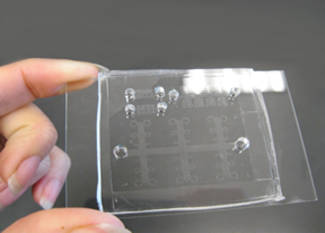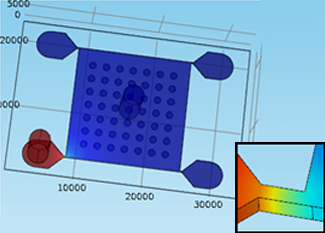Shor Lab: Research Overview
The conditions of a microbial habitat can vary significantly within about 100 microns (the width of a human hair). Microbial communities are influenced by and contribute to this micro-scale habitat structure in important ways. Examples of micro-structured habitats include soil, lung surfaces, and the gut of a termite. We use microfluidic devices to emulate important features of microbial habitats. These features include micro-scale physical structures (channel dimensions, grain spacing), chemical structures (oxygen or nutrient gradients), or biological structures (segregated populations, biofilms). This research may one day contribute to more accurate climate models, better ways to fight infection, or more sustainable energy production from biofuels.






